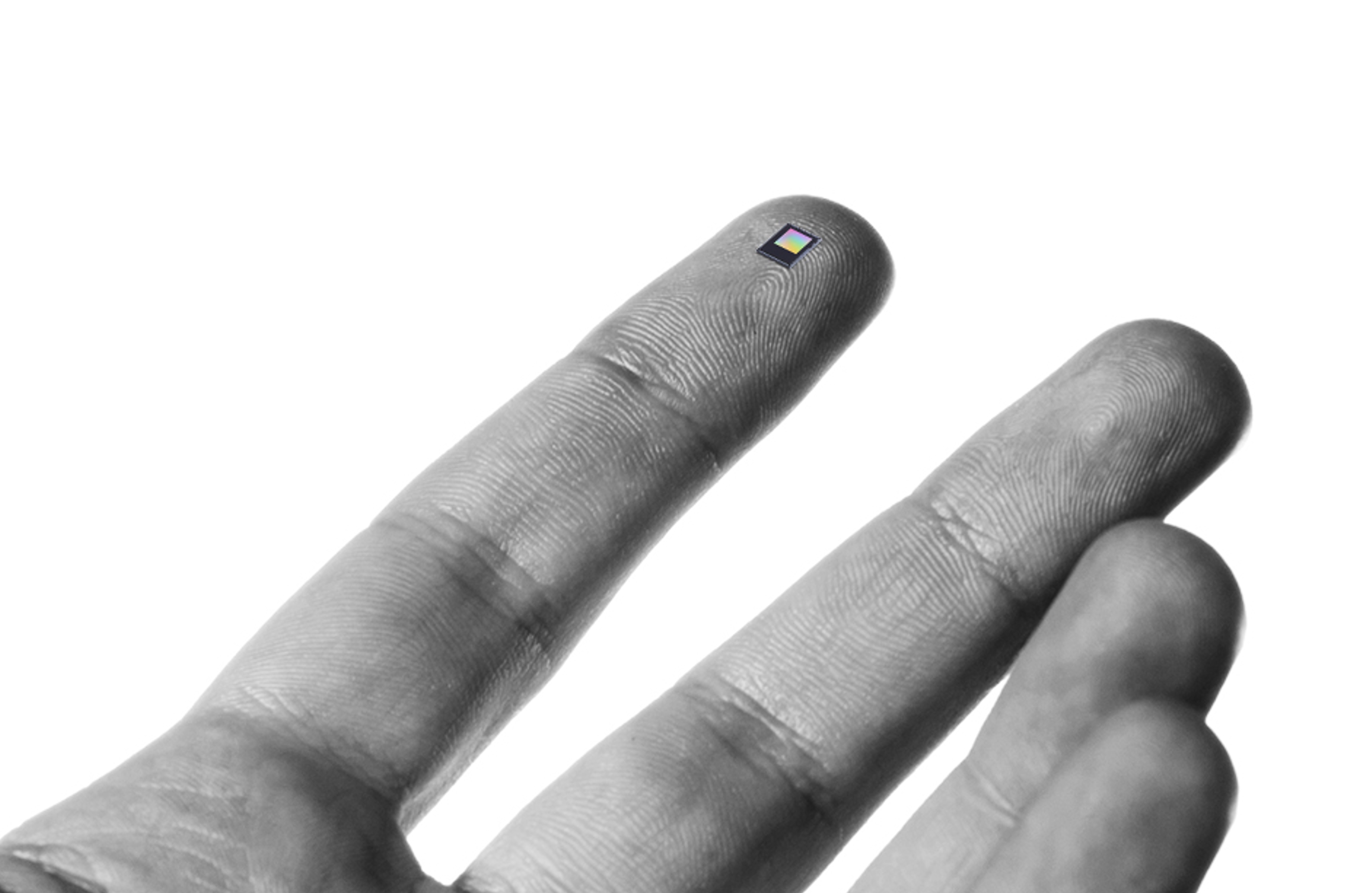
2024: An Ultra-leap forward for XR
Posted; March 7, 2024
By Tom Carter, CEO and Co-founder of Ultraleap
We’re just over 2 months into 2024, and already it’s a pivotal year for XR. From conversations we’ve had at #MWC2024 and #CES2024, to high-profile headset releases and our own exciting roadmap for the coming months, it’s a space rife with innovation.
I wanted to take some time and reflect on what I’ve seen so far this year and dive into trends I’m keeping my eye on in the XR space:
Spatial Computing is Going Mainstream
The arrival of Apple Vision Pro brought further awareness to spatial computing — which Ultraleap has been mastering for more than a decade with our world-leading hand tracking capabilities — and how critical it is for XR adoption. Apple’s emergence in this market will lead other tech and hardware giants to follow suit, partnering with smaller domain experts to move the industry forward. We’re excited for the momentum and possibilities.
Small Gestures, Big Impact
Intuitive tech is an expectation from modern-day consumers, not just a nice-to-have. And with our new microgestures machine learning model, the hand tracking precision is accurate down to the millimeter while wearing AR glasses. It feels as similar as interacting with your phone and is something only Ultraleap can do: simply rubbing your thumb and pointer finger to scroll. As consumers demand tech that’s intuitive and usable, future-proof solutions like this will be key in maintaining XR adoption at scale.
Paving the Way for AR Displays and Devices
Just like the evolution of the smartphone, headsets will be refined in the coming years to be more wearable for the long-term — even usurping smartphones as our go-to device for digital interactions. Event sensors will play a pivotal role here, replacing traditional cameras for SLAM and hand tracking to power higher-quality interactions with low power consumption. Through our partnership with Prophesee, we’ve created a new machine learning model to solve those challenges.
Wave Goodbye to Controllers: Your Hands will Shape the Future of Digital Interactions
I recently attended and spoke at #MWC24, where the integration of haptics was a focal point. Paired with state-of-the-art hand tracking, haptics will be the cornerstone of creating more intuitive, natural digital interactions and removing friction from XR experiences.
It’s an exciting time to watch — and take part in — the growth of the XR space. As tech giants, hardware manufacturers and domain experts like ourselves partner to make the future of digital interactions a (virtual) reality, there will be vast opportunities for both consumer and enterprise use cases.
At Ultraleap, we’re on a mission to drive the future of interaction with advanced computer vision and machine learning models. These trends are just a glimpse of where we see the space headed.
This post first appeared on LinkedIn
Explore our blogs, whitepapers and case studies to find out more.
